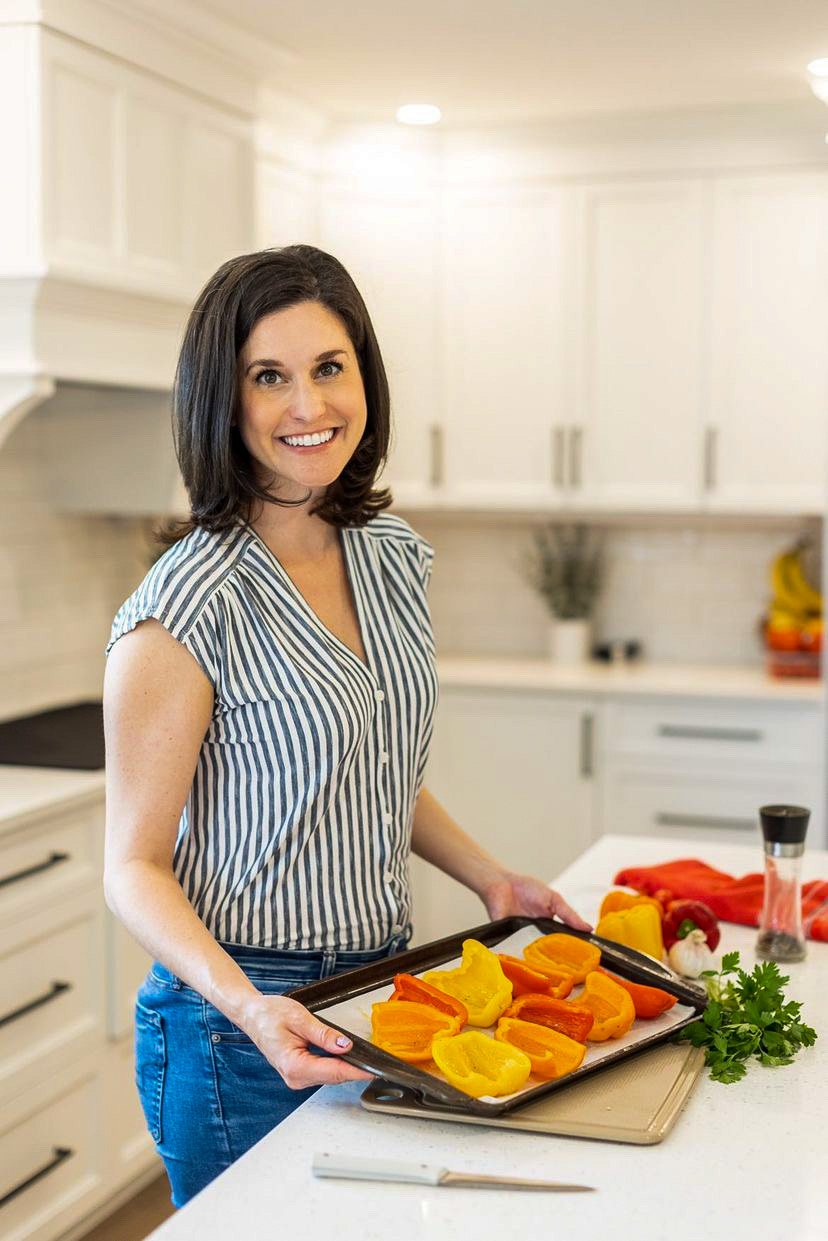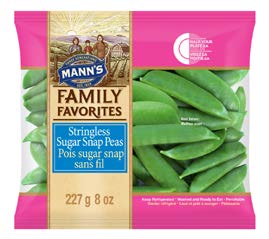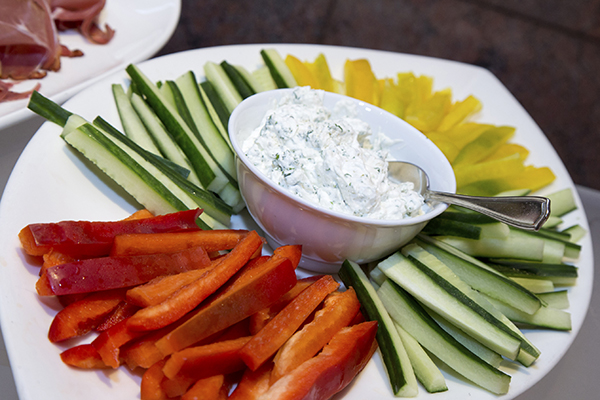By Andrea D’Ambrosio, BASc, M.A.N., RD
Dieteticdirections.com

Are you eating enough veggies? Most of us know that these colourful, vitamin-rich gems are good for us. However, according to Statistic Canada (2021), only 2 in 10 Canadians meet the daily requirement. Today, I will share my top 7 nutrition tips to help you eat more veggies in ways that not only taste great but are also convenient and don’t break the bank.
1. Serve Raw Veggies on the Table
First, take advantage of convenient locations that are within grabbing distance, to entice veggie consumption. For example, at dinners, try to serve raw veggies in a bowl on the table. Bags of large carrots in your fridge are less likely to be eaten compared to when they are prepped and served on the dinner table for easy nabbing. As a dietitian, I’ve seen this strategy work time and time again with individuals and families. Additionally, take advantage of serving a variety of veggies from day-to-day. You can even try adding a dip to make them more enticing.
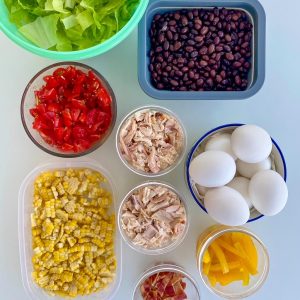
2. Start “Veggie Prepping”
This is a powerful one. When you’re back from the grocery store, try “veggie prepping” for 10 to 15 minutes. Pre-cut your veggies and place them in air-tight glass containers. Veggie-prepping has two main benefits: it saves money (from buying pre-cut options), and it makes cooking quicker. For example, a client of mine got into the habit of pre-cutting peppers for the fridge and this helped her swiftly add them to omelettes, soups, salads, stir-fries, and sandwiches. You can do the same by pre-cutting your cauliflower for future roasting or adding to curries or soups. Just remember: your future self will always thank you for the added convenience when your veggies are prepped in advance.
Dietitian Tip: When veggie-prepping, cut only what you can eat for the next 4 to 5 days and store in air-tight, dry, and clear containers to reduce excess moisture.
3. Put your Veggies in Clear Sight in the Fridge
I put my veggies in clear sight, ideally at eye level in the fridge. Remember, “in sight, in stomach.” After all, we don’t want those veggies hiding.
4. Make them Taste Good
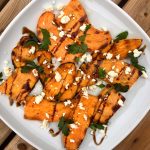
This is a point I am very passionate about as a foodie dietitian. Who wants to eat soggy, limp, or flavourless veggies? No way! Instead, ensure your veggies taste great. This is the best way to get your family excited about eating more of them. Try BBQing veggies, roasting cauliflower or baking kale chips. Cooking or preparing veggies doesn’t have to be complicated to taste great. Finally, don’t be afraid to add a little fat and/or salt to enhance the flavours. For example, a little sprinkle of salt on salads pulls out the flavours of the ingredients. One of my favourite veggies as a child was mushrooms sautéed in butter and garlic with a pinch of salt. Remember to taste your food before serving to ensure you have balanced flavours or to adjust to taste.
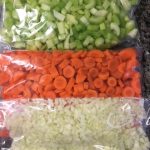
5. Stock Your Freezer with Ready-to-Use Veggies
When produce is in-season, use your freezer to store extras so you have your favourites available year-round. Buy ready-to-use veggies or prep your own veggies by cutting and sealing in a freezer bag. In my home, I always have frozen green peas, cut leeks, carrots, and onions in the freezer. Prepped freezer veggies are a convenient way to add more veggies to your cooking and helps to minimize food waste.
6. Be a Grocery Flyer Sale Hunter
With rising grocery prices, the need to save money on our food budgets is a growing concern. Use your grocery store flyer to shop for produce sales. Then, you can use these produce flyer deals in your weekly meal plan (read about How to Meal Plan). Taking advantage of sales frees up your food budget.
Take advantage of sales and seasonal produce. Check out my tips on eating well on a budget or seasonal foods.
7. Set a Veggie-Boosting Goal
Finally, understand where you are starting from and keep track of how many veggies you’re eating. Self-awareness is key in behaviour change. Then, set an actionable goal for improving. For example, try to add one more serving of veggies a day at a specific meal or snack. This could mean adding a side of carrot sticks to lunch or grilled zucchini or a homemade broccoli soup to dinner. Remind yourself why you are making this dietary change to help you stay motivated. When your new veggie-boosting habits are consistently increasing, you can add another strategy mentioned above to further do so, if desired.
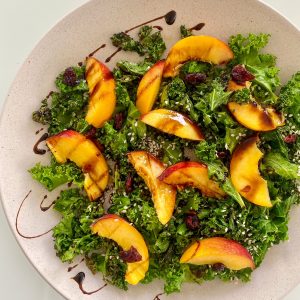
Bottom Line:
Increasing your vegetable intake is a great health-boosting strategy. But, above all, savour the delicious variety of vegetable options available all year-round!
About Andrea: Andrea D’Ambrosio is a Registered Dietitian and owner of Dietetic Directions, a nutrition communications and counselling company in Ontario. With an enthusiastic and practical approach, she knows that sustainable healthy lifestyle must be both realistic and delicious. Andrea shares science-based information mixed with easy-to-implement strategies. Visit https://dieteticdirections.com/
